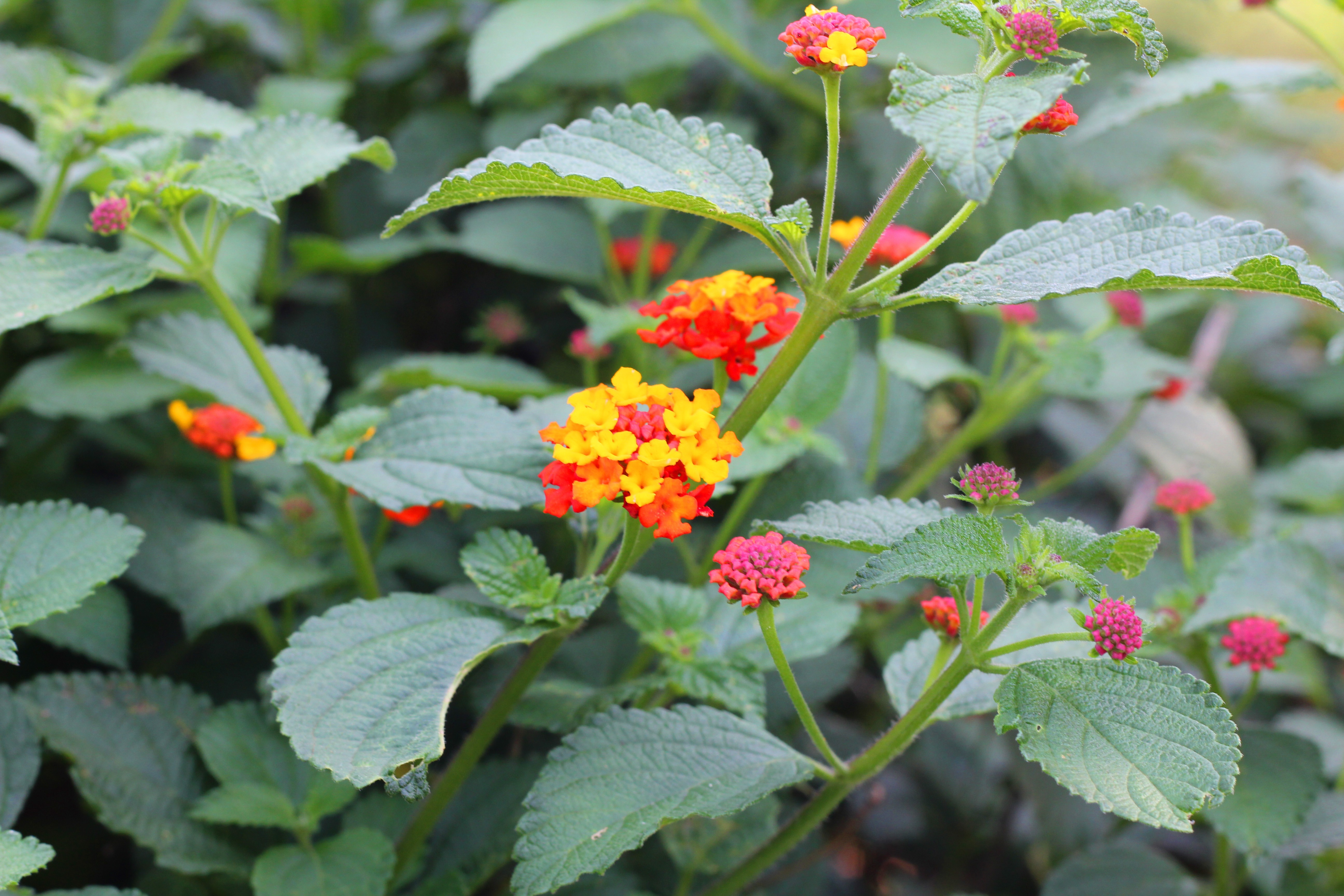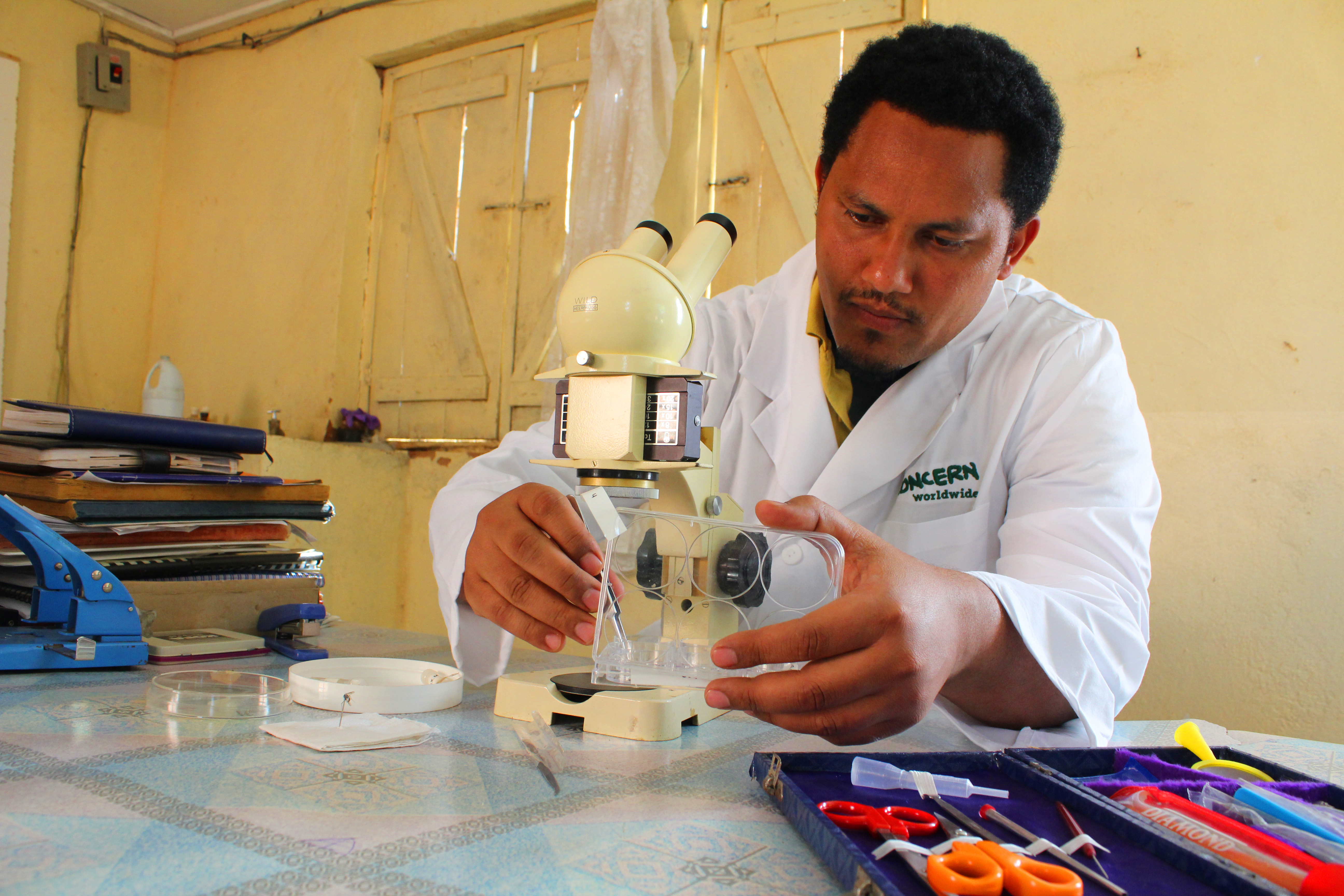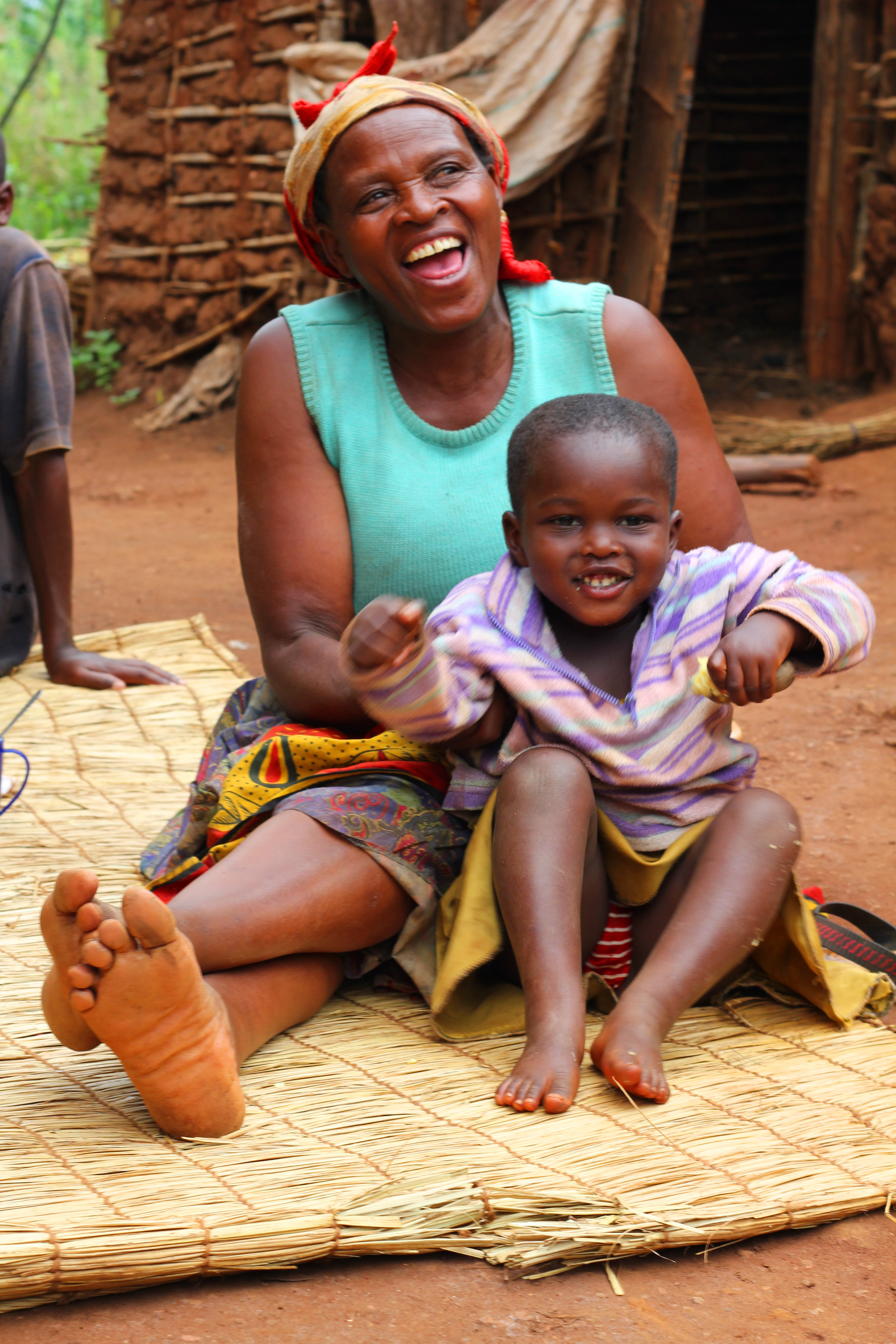Dora Joseph, 31, is raising four children in a tin-roofed, two-room house nestled in the remote green hills of northwestern Tanzania. Her eyes are tired and dampened with worry.
Already this year a neighbor's four-year-old child died from malaria. She says at least once a month someone in her family has to go to the hospital to be treated for malaria, a burden that keeps her and her husband from tending to their crops and their children from going to school.
"I worry my children will also die," she says, cradling her youngest child, Ruth Joseph, 1, close to her chest. "When they have malaria, they get a very high fever and could die on the way to the hospital."
Dora's constant struggle with malaria is one that is replicated millions of times over across the developing world and sub-Saharan Africa in particular. The World Health Organization (WHO) estimates that there were 219 million cases of malaria in 2010 and 660,000 resulted in death. Six countries account for an estimated 47 percent of all malaria cases, of which Tanzania ranks third with as many as 16 million cases of malaria each year according to the U.S. government-funded President's Malaria Initiative.
It is hard to believe, but these statistics represent great progress in the fight against malaria. According to the WHO, malaria mortality rates fell by 26 percent between 2000 and 2010, which translates to 1.1 million lives saved. This is the result of a major investment, totaling $1.66 billion in 2011 and $1.84 billion in 2012, by the international community to scale up control measures like insecticide-treated bed-nets and indoor residual spraying.
Despite these investments, millions of people like Dora are still not adequately protected from malaria and to reach them, it is estimated that $5.1 billion is needed every year until 2020 to ensure everyone has access to malaria interventions.
The trouble with the current malaria control mechanisms--bed-nets and residual spraying--is that they require regular, carefully planned logistics to maintain. For example, while bed-nets are an effective and powerful tool, they still cost $5 a piece and must be replaced as they wear out over time. Spraying requires workers to enter homes and treat all flat surfaces with insecticide, a practice that many find invasive.
"All of these interventions require significant investment from overseas and nearly always imported goods," says James Davey, Country Director for Concern Worldwide in Tanzania. "It also means individual community members can't manage their own response. They always need something from the outside."
While the challenges presented by these interventions are far outweighed by the fact that they do prevent malaria, what if we had another tool we could use in conjunction with bed-nets and residual spraying that was natural, cost-effective, and low maintenance?
I recently returned from Ngara, Tanzania, a deeply poor region on the Burundian and Rwandan borders, where Concern is researching how a flowery bush could be just that tool we are looking for and so desperately need.
The plant, Lantana camara (Lantana), grows in much of sub-Saharan Africa and is a natural mosquito repellant. Our research team, led by Frank Mng'ong'o and Joseph Sambali, together with the Tanzania-based Ifakara Health Institute, planted Lantana around 231 houses and then measured the number of mosquitoes inside people's homes.
What we found was remarkable: those houses with Lantana had 56 percent fewer Anopheles gambiae and 83 percent fewer Anopheles funestus, the two most common malaria-carrying mosquitoes in Africa, and 50 percent fewer mosquitoes of any kind.
"Because it's a plant, people who are smallholder farmers are very comfortable managing [Lantana]," says Davey. "They can, with their own resources, have something that helps them fight against malaria and keeps the mosquito populations down."
Peruthi Eliasha, 52, a widow, grandmother, and mother of five, leads just one of the households that received Lantana during the pilot phase. Before she had it, she had to make regular trips to the hospital because her children were sick with malaria. "I love it," she says, gesturing to the plants that encircle her home and are so tall that they graze the windowsills. "Since June of last year, no one has had malaria."
House after house, I visited families that had received Lantana and all said the same thing: they now have fewer mosquitoes and are not as sick as often with malaria. While telling, these anecdotes are not enough to prove that Lantana actually does lower the incidence of malaria.
To do so, we need to measure not only Lantana's ability to deter mosquitoes, but also its ability to lower malaria infection rates, a much larger study. Before we do this, we also have to address the one downside of Lantana--the fact that it is an invasive species. For it to be used widely, we need a sterile version that should have the same repellant properties but will not take over crops and other plants.
Preparations for the next phase-taking these two crucial steps forward--are underway. While Lantana will not be a silver bullet, we are optimistic that our next study will prove that it is a powerful prevention tool--and one that is cheap, low-maintenance, and completely natural.
"You'll still need to have the drugs," says Davey. "You'll still need to have the mosquito nets. But this is something that where there is a supply gap, where the mosquito nets haven't come this year or where the residual spraying hasn't been available, communities can keep doing it themselves. It's something that's very sustainable and very, very low cost."



